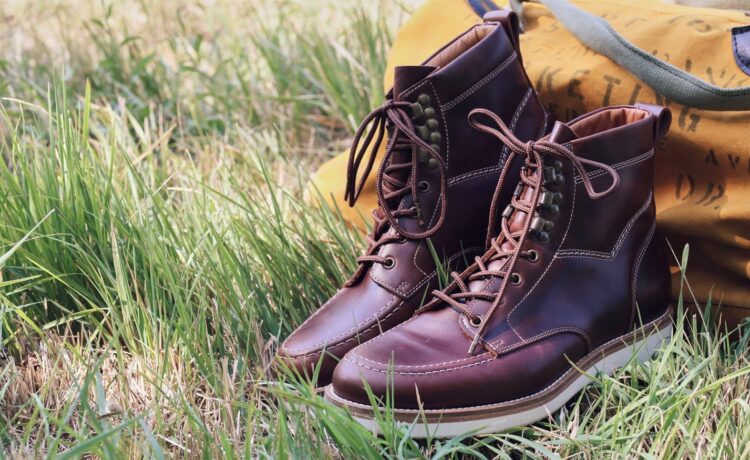It is astonishing how many individuals are seen stumbling about in the mountains of Montana without even a single pair of hiking boots on their feet. Consequently, it should come as no surprise that far too many of these individuals find themselves limping back to their cars at the end of the day with twisted ankles or strained knees. Three different kinds of footwear are specially intended for hiking.
Even though many types of hiking shoes are suitable for day hiking after you’ve tried specialised hiking shoes, you’ll wonder why you ever wore a huge, old, hefty work boot in the first place.
The day hiking shoes
Generally speaking, a decent day of hiking shoes will offer excellent ankle support – so perfect that you will not be able to roll over your ankle when standing in them – even when you are carrying a small load.
The fact that most wonderful day hiking boots weigh less than 3.5 pounds per pair is a common thread that runs through them all. Day hiking shoes will also have the same excellent traction seen in their more significant relatives, the backpacking boot, which will make for a great combination.
Frankenstein shoes
The large, hefty shoes of the shoe world are the king of backpacking shoes. Backpacking shoes have been made to support your ankles when carrying a heavy load that exceeds 50 pounds.
The loathsome hiking shoes
These are great everyday shoes for walking about the town, lengthy tours in neighbourhood parks, and city strolls over flatter surfaces. Do you know what’s comfortable? Moreover, they are sturdier than sneakers. Nevertheless, they do not support the ankles in any way. It is only a fancier sneaker, and after all, the hiking shoe is little more than that.
Conclusion
Feel free to use the hiking shoe on flat, short treks on level terrain, around camp, or wherever you want to be active. Use caution while taking long walks up and down mountain trails in rough terrain since doing so will almost certainly result in some severe injuries sooner or later.

